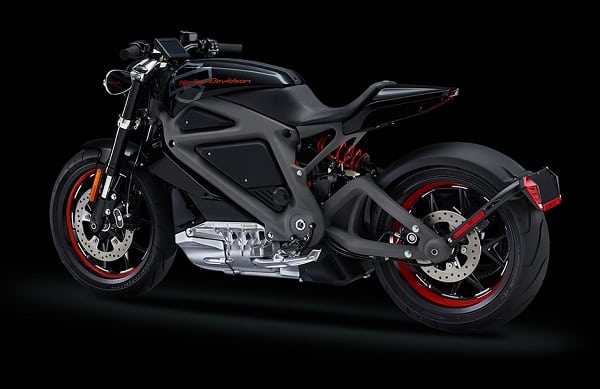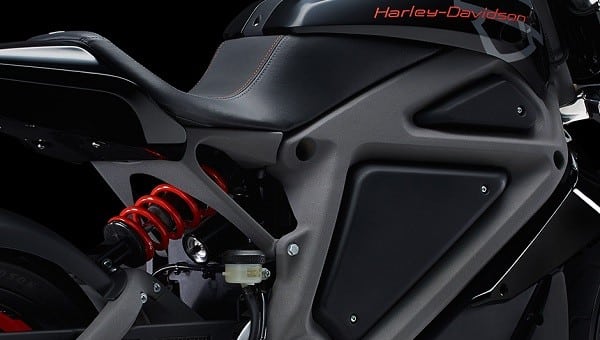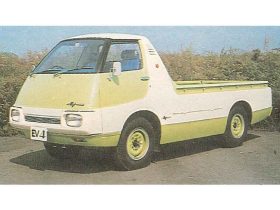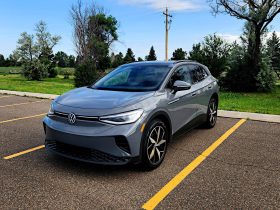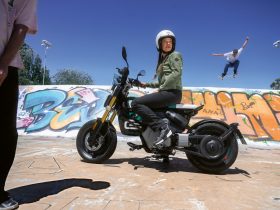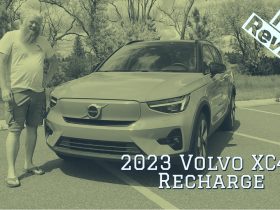The words quiet and Harley-Davidson rarely come to mind; however, the company shocked us by embracing the electric future heads on, albeit with its specific signature: noise. Project LiveWire, which we covered yesterday, is the company’s way of finding out if there is interest.
Harley bikes are loud hogs
Harley-Davidsons are usually louder than need to be. The company prides itself on the noise the bike make, even going as far as claiming security. Everyone recognizes the familiar “patatata” noise it makes. However, electric vehicles (EV) are not noisy and these two universes are about as far removed as can be. The quiet, yet powerful whiz of an electric motor speaks for itself with the unadulterated torque it delivers, sending copious amounts of adrenaline in our bodies. Harley-Davidson bikes do one thing well, they accelerate hard and fast.
Harley-Davidson hasn’t changed much since the 1930s. The bikes are still made of solid heavy metal and sports the same twin-piston engine design. The company started in 1903, when William S. Harley and Arthur Davidson offered a motorcycle to the public. Since then, the company has enjoyed a steady following of die-hard motorcycle fans and differentiates itself from other makers with a few, not so-subtle quirks.
How serious is Harley-Davidson with an electric motorcycle?
It’s tempting to think it was just a publicity stunt, a cheap PR trick designed to get you to read and feel the company is as relevant as it was in the 1930s. But an electric Harley-Davidson is unchartered territory for the company. After all, what is a Harley-Davidson without noise? Sure, Buell proved the engine could sound great and power one of the best bike, but a quiet Harley is an oxymoron these days. The company is tantalizing us with its Project LiveWire, covering 30 cities across the U.S. The idea is to get feedback from riders to help “shape the future of Harley-Davidson’s first-ever electric motorcycle.” Harley-Davidson wants to know how far it is stepping out of its territory, how well will it be received and, especially, what new market and customers could it attract? We have one recommendation. Make sound, not noise.
EVs are quiet, Harley-Davidsons are not. So how will it negotiate this transition? The contradiction will handled by giving the electric motorcycle sound, hopefully not noise.
Technically speaking
The bike is powered by a 3-phase AC electric induction motor, pushing out 74 hp (55 kW) at 8000 rpm and a peak torque of 52 lb.ft (70.5 Nm). The limited top speed is 92 mph (148 km/h) and it will sprint the zero to 60 mph (100 km/h) in 4 seconds. A full Level 2 recharge should take around three and half hours. The range is very short, which we expect will be beefed up with its final version, 53 miles, with a Level 2 charging time of three and 1/2 hours. We’re not sure yet as to the battery pack, but estimate up to 10 kilowatt-hour. There are rumors the technology comes from Mission Motors, which would make sense since HD is not equipped to develop an EV platform yet.
According to Mark-Hans Richer, Senior Vice President and Chief Marketing Officer at Harley-Davidson: “Because electric vehicle technology is evolving rapidly, we are excited to learn more from riders through the Project LiveWire Experience to fully understand the definition of success in this market as the technology continues to evolve… The sound is a distinct part of the thrill, (t)hink fighter jet on an aircraft carrier. Project LiveWire’s unique sound was designed to differentiate it from internal combustion and other electric motorcycles on the market.”
According to Matt Levatich, President and Chief Operating Officer, Harley-Davidson Motor Company: “America at its best has always been about reinvention. And, like America, Harley-Davidson has reinvented itself many times in our history, with customers leading us every step of the way. Project LiveWire is another exciting, customer-led moment in our history.”
Harley-Davidson will have to negotiate something most EV drivers are happy to leave behind, sound and noise.




